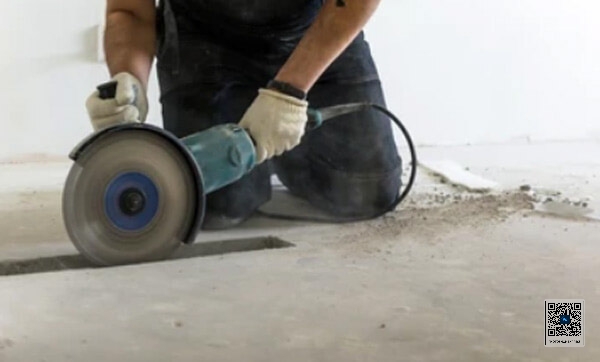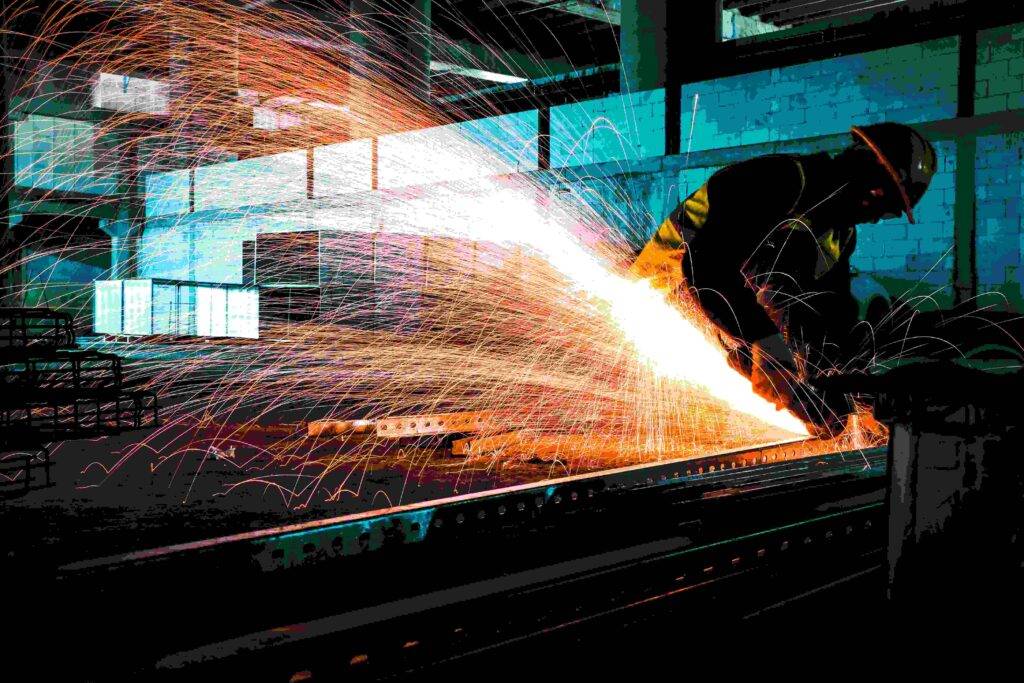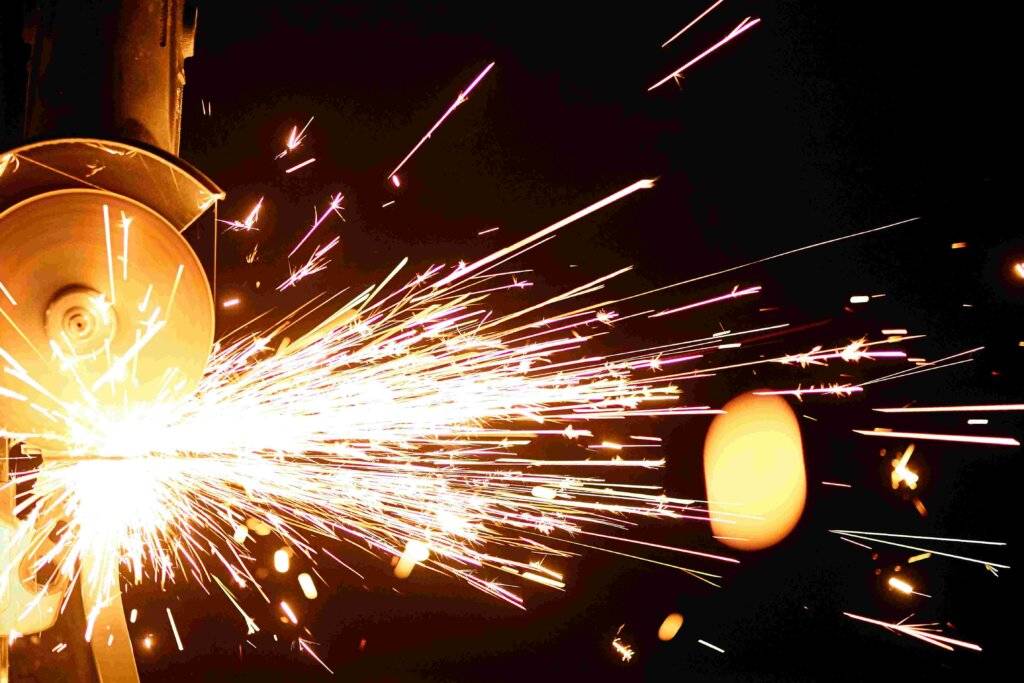Concrete skill saw blades are essential tools for cutting through tough materials like concrete, stone, brick, and masonry. Whether you are a professional contractor, a DIY enthusiast, or someone working on home improvement projects, choosing the right concrete saw blade can make a huge difference in the efficiency, quality, and precision of your cuts. In this article, we’ll dive deep into everything you need to know about concrete skill saw blades, their types, best uses, and some useful tips for selecting the right blade for your specific needs. We’ll also explore maintenance tips, the importance of safety, and how to optimize your cutting process to save time and money.
What is a Concrete Skill Saw Blade?
A concrete skill saw blade is a circular cutting tool specifically designed for cutting through hard materials like concrete, reinforced concrete, brick, and natural stone. These blades are typically made of steel with diamond-coated edges, allowing them to grind through abrasive materials quickly and efficiently.
Key Features of Concrete Saw Blades:
- Diamond segments: Provide long-lasting sharpness and durability.
- Varying sizes: Blades come in different diameters to suit different types of saws.
- Segmented, continuous, and turbo designs: Each design serves different cutting applications.
- Heat resistance: Built to withstand the high temperatures generated during heavy-duty cutting.
Types of Concrete Saw Blades
Understanding the different types of concrete saw blades will help you pick the right tool for your job. Let’s break down the three main types of concrete skill saw blades:
1. Segmented Diamond Blades
Segmented blades are designed for fast, rough cutting through concrete, bricks, and other masonry materials. They have diamond segments separated by gullets, which help reduce friction, cool the blade, and remove dust and debris. These blades are perfect for dry cutting.
Benefits:
- Efficient cooling due to gullets.
- Ideal for heavy-duty cutting.
- Long lifespan with fast cutting speed.
Best for: Outdoor cutting, roadwork, concrete slabs, and thick materials.
2. Continuous Rim Blades
Continuous rim blades have no segments, which makes them ideal for smooth, precise cuts. They are commonly used for cutting tile, marble, and other delicate materials. These blades typically require water to keep them cool during the cutting process.
Benefits:
- Precise, clean cuts.
- Ideal for wet cutting applications.
- Reduced risk of chipping.
Best for: Tile, marble, granite, and stone countertops.
3. Turbo Blades
Turbo blades combine the features of segmented and continuous rim blades. They have small serrations around the rim, which allows for faster cutting with a cleaner finish than segmented blades. Turbo blades can be used for both dry and wet cutting.
Benefits:
- Versatile for different materials.
- Faster cutting speed than continuous rim blades.
- Suitable for dry or wet cutting.
Best for: Concrete, brick, and stone where smooth cuts are necessary.
Choosing the Right Blade for Your Project
Selecting the right concrete saw blade depends on several factors, such as the type of material you are cutting, whether you’re cutting wet or dry, and the type of saw you’re using. Here’s a breakdown of the considerations:
1. Material Type
If you are cutting concrete, reinforced concrete, or stone, you’ll need a blade with strong durability. A segmented diamond blade is great for these tasks due to its rough cutting and cooling capabilities. For softer materials, such as tiles or marble, a continuous rim blade will offer precision without damaging the material.
2. Wet vs. Dry Cutting
Wet cutting helps to cool the blade and minimize dust during the cutting process. Continuous rim blades are commonly used with water for wet cutting, while segmented blades can handle dry cutting due to their ability to cool themselves with the open gullets. However, keep in mind that wet cutting is often preferred for large-scale projects due to its ability to extend blade life and reduce debris.
3. Saw Compatibility
Ensure the blade size and arbor hole match the skill saw you are using. Concrete skill saws come in various sizes, and using the wrong blade could affect performance and safety.
4. Cutting Speed and Depth
Different projects require different cutting depths and speeds. Segmented blades are faster but rougher, while turbo blades offer a balance of speed and precision. Choose based on whether you need speed or clean finishes.
Safety Tips for Using Concrete Saw Blades
Safety should be your top priority when using concrete saw blades. Always follow these guidelines:
- Wear protective gear: Use safety goggles, gloves, ear protection, and a dust mask to protect yourself from debris.
- Inspect the blade: Before use, check for cracks or damage to avoid accidents.
- Proper mounting: Ensure the blade is securely fastened to the saw to prevent it from slipping or coming loose.
- Adequate ventilation: When cutting dry, do so in a well-ventilated area to reduce dust exposure.
- Use water when needed: For wet cutting, make sure there is a continuous water supply to keep the blade cool.
Maintaining Your Concrete Skill Saw Blade
Proper blade maintenance can extend its life and ensure smooth, efficient cutting. Here are some essential maintenance tips:
- Clean the blade after use: Remove any dust and debris that has accumulated during cutting to prevent clogging.
- Sharpen diamond blades: If the blade becomes dull, it may need to be sharpened by grinding it against a softer material, such as brick or asphalt.
- Store in a dry place: Avoid storing blades in damp areas to prevent rust and corrosion.
- Check for wear: Regularly inspect the blade for signs of wear and replace it if necessary to avoid accidents and maintain optimal performance.
Buying Guide: How to Choose the Best Concrete Saw Blade
When shopping for a concrete skill saw blade, there are several factors to keep in mind to ensure you get the best value for your money:
- Blade Material: Look for high-quality diamond-coated blades for long-lasting durability and superior cutting performance.
- Size and Compatibility: Choose a blade that fits your saw and the size of the material you’ll be cutting.
- Brand Reputation: Invest in trusted brands like DEWALT, Bosch, or Makita, which are known for their quality and performance.
- Price vs. Durability: Higher-priced blades often come with better performance and longer life, but it’s essential to balance cost with how often you’ll use the blade.
Table: Comparison of Concrete Saw Blades
| Blade Type | Best For | Cutting Speed | Durability | Wet or Dry Cutting |
|---|---|---|---|---|
| Segmented Diamond | Thick concrete, masonry | Fast | High | Dry |
| Continuous Rim | Tile, marble, granite | Slow | Moderate | Wet |
| Turbo | Brick, stone, concrete | Medium | High | Both |
Final Thoughts
Concrete skill saw blades are crucial for any project that involves cutting through tough materials like concrete, brick, or stone. Understanding the different types of blades, how to choose the right one, and how to maintain it will help ensure the success of your project. Always prioritize safety, choose quality blades, and maintain your tools to achieve optimal performance and longevity.
Whether you’re working on a small DIY project or a large construction job, having the right concrete saw blade will save you time, improve the quality of your cuts, and enhance your overall experience.
By using the right concrete skill saw blade, you can tackle any concrete cutting task with confidence and precision.



